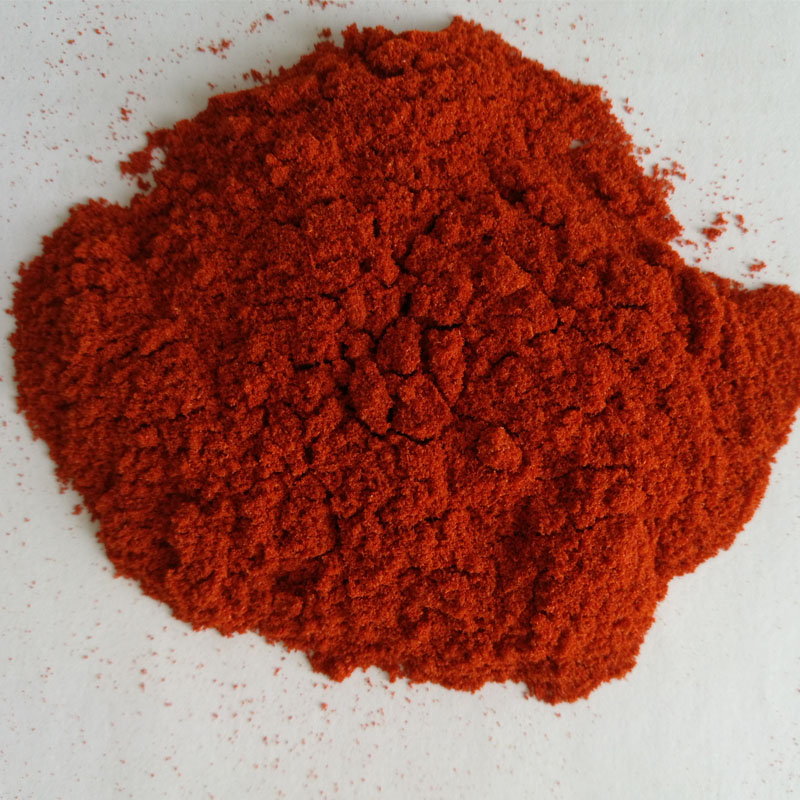- No. 268 Xianghe Street, Economic Development Zone of Xingtai city, Hebei 054001 China
- Byron@hbhongri.cn
Exploring the Rich Flavor and Benefits of Paprika and Red Pepper in Cuisine
The Vibrant World of Paprika Red Pepper
Paprika red pepper, with its distinctive color and rich flavor, holds a cherished place in culinary traditions across the globe. This beloved spice is derived from grinding dried Capsicum annuum fruits, a variety of chili pepper that grows in various regions, each contributing unique flavor profiles and heat levels. Beyond its culinary uses, paprika red pepper is also celebrated for its health benefits and cultural significance.
A Spice with Rich History
The journey of paprika red pepper began in Central and South America, where it was cultivated by indigenous peoples long before European explorers encountered it. When Christopher Columbus arrived in the New World, he brought this vibrant pepper back to Europe in the late 15th century. Initially viewed as a novelty, paprika quickly gained popularity, particularly in Hungary and Spain, where it was embraced wholeheartedly and incorporated into local cuisines.
In Hungary, paprika evolved into a national spice, profoundly influencing dishes such as goulash and lecsó. The country takes such pride in its paprika that it has designated specific regions as paprika-producing areas, where farmers cultivate premium varieties known for their vibrant color and nuanced flavor. Spanish paprika, on the other hand, often carries a smoky flavor due to the traditional method of drying the peppers over smoldering oak wood. This unique preparation technique gives Spanish paprika its distinctive aroma and taste, making it a staple in many Mediterranean dishes.
Varieties of Paprika
Paprika comes in several varieties, largely classified by their color, heat, and flavor profiles. The most common types include sweet, hot, and smoked paprika. Sweet paprika is known for its mild flavor and vibrant red color, making it perfect for enhancing dishes without adding heat. Hot paprika offers a spicy kick, ideal for those who enjoy a little heat in their cooking. Smoked paprika, as previously mentioned, adds a depth of flavor to dishes, reminiscent of a barbecue aroma, and is frequently used in chorizo and paella recipes.
Each variety of paprika red pepper lends itself to a wide range of culinary applications. From seasoning meats and vegetables to spicing up stews and sauces, paprika’s versatility makes it a kitchen staple in households worldwide. It's often used in deviled eggs, potato salad, and even as a garnish for various dishes, adding a pop of color and earthy flavor.
paprika red pepper

Health Benefits of Paprika
Beyond its culinary uses, paprika red pepper boasts an impressive array of health benefits. Rich in vitamins A, C, and E, it serves as a powerful antioxidant, helping to neutralize free radicals in the body. The carotenoids present in paprika, particularly beta-carotene, support eye health and may reduce the risk of chronic diseases.
Further, paprika is known to have anti-inflammatory properties and can aid in digestion. Capsaicin, the compound that gives chili peppers their heat, has been studied for its potential to boost metabolism and promote weight loss. Integrating paprika into your diet may not only enhance the flavor of your meals but also contribute positively to your overall health.
Culinary Uses
The beauty of paprika red pepper lies in its adaptability across various cuisines. Hungarian dishes, such as chicken paprikash and gulyás, showcase paprika as a central ingredient. Spanish cuisine often utilizes it in dishes like patatas bravas and as a key element in making chorizo sausage. In Middle Eastern cooking, paprika is frequently included in spice blends like za'atar and is used in dishes like muhammara.
Additionally, paprika can be found in a variety of sauces, including barbecue and aioli, where it adds both depth of flavor and vibrant color. Its ability to enhance not only the taste but also the visual appeal of a dish makes paprika an essential element in culinary artistry.
Conclusion
In conclusion, paprika red pepper is more than just a spice; it is a symbol of cultural heritage and a source of health benefits. Its rich history and adaptability in cuisines around the world render it a beloved choice for home cooks and professional chefs alike. Whether you prefer the sweetness of hungarian paprika or the smokiness of its Spanish counterpart, incorporating paprika into your meals can elevate both flavor and nutrition. Embrace the vibrant world of paprika red pepper, and let it inspire your culinary creations to new heights!
-
Turmeric Rhizome Powder: A Golden Treasure from Roots to TableNewsJul.28,2025
-
The Versatile Application Of Crushed Red Hot Peppers: Lighting Up The Red Flames On The Dining TableNewsJul.28,2025
-
The Paprika: A Touch Of Vibrant Red In Color, Flavor, And CultureNewsJul.28,2025
-
Ground Turmeric: A Modern Examination of an Ancient SpiceNewsJul.28,2025
-
Capsicum Liquid Extract: Features, Applications, and ChallengesNewsJul.28,2025
-
Application of Capsicum Liquid Extract in FoodNewsJul.28,2025







